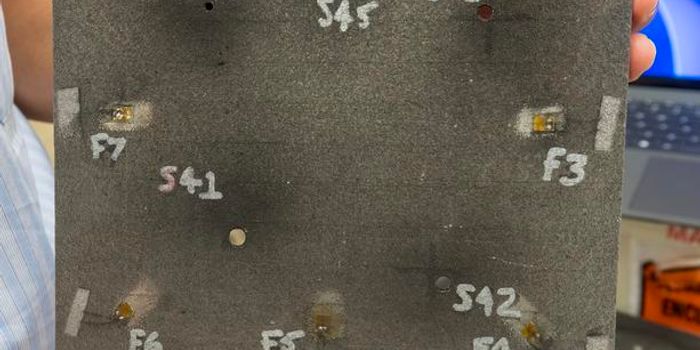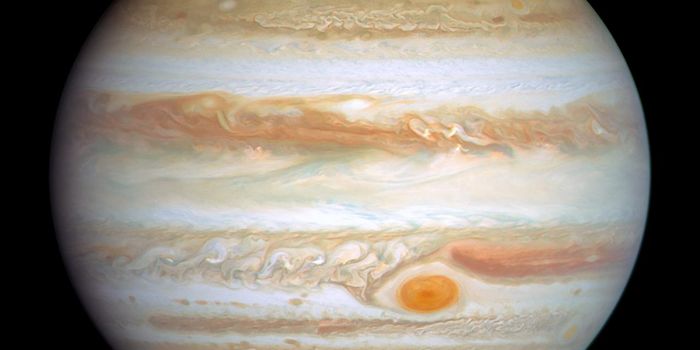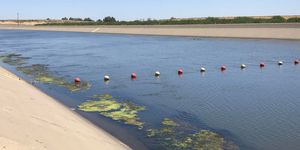Exploring Io: Juno's Closest Flybys in Over 20 Years Unveil Spectacular Views
Jupiter’s first Galilean moon, Io, is one of the most fascinating objects in the entire solar system, exhibiting hundreds of volcanoes that send molten lava hundreds of miles into space, some of which come raining back down onto the small moon’s surface. While Io was explored in depth with NASA’s Galileo spacecraft during the late 1990s and early 2000s, Io hasn’t been imaged up close since then. But NASA’s Juno spacecraft recently broke this dry spell when it passed within 930 miles (1,500 kilometers) of Io’s surface on December 30, 2023, capturing stunning images of active volcanic plumes and several lava fields.
Image of Jupiter's moon Io, obtained by NASA’s Juno spacecraft on Dec 30, 2023, with its night side being illuminated by reflected sunlight bouncing off Jupiter, also called "Jupitershine." (Credit: NASA/JPL-Caltech/SwRI/MSSS Image processing by Emma Wälimäki © CC BY)
While this encounter was less than 1000 miles from Io’s surface, Juno previously snapped images of Io in October 2023, though at just over 7,000 miles (11,000 kilometers). The Juno team made another close flyby only days ago, also coming within 930 miles (1,500 kilometers) of Io’s surface, and these images should be released soon.
Discovered in 1610, Io was confirmed to exhibit active volcanism by NASA’s Voyager 1 spacecraft during its flyby in March 1979. Ever since, scientists have been hard at work over the last several decades trying to understand this small moon and its extreme volcanism, which is caused by a phenomenon known as tidal heating as Io is constantly stretched and compressed as it orbits the much larger Jupiter in a slightly elliptical orbit, meaning Io experiences varying distances from Jupiter throughout its orbit.
Because of its active volcanism, Io doesn’t have visible craters on its surface since it’s constantly being reshaped, which makes determining Io’s age that much more difficult.
What new discoveries will scientists make about Io and its volcanic activity in the coming years and decades? Only time will tell, and this is why we science!
As always, keep doing science & keep looking up!
Sources: NASA, NASA (1), NASA (2), NASA (3), NASA JPL, NASA (4)









